Kiang Malingue is pleased to present at Art Basel Hong Kong more than 30 artworks by Eric Baudart, Cho Yong-Ik, Chou Yu-Cheng, Brook Hsu, Kwan Sheung Chi, Phillip Lai, Liu Xiaohui, Fabien Mérelle, Nabuqi, Ellen Pau, Homer Shew, Tao Hui, Tromarama, Su-Mei Tse, Samson Young, and Zheng Zhou. From paintings of friendly faces, ghostly bodies and abstract formations, musical score-like marks on paper, to historical videos, and bronze and stone sculptures that resemble archeological findings, the presentation showcases iconic pieces and surveys exciting artistic developments.
Highlights from this year’s presentation include a recent group of ‘Moody’ series paintings by Chou Yu-Cheng, further elaborating the unique painting method Chou conceived at the peak of the pandemic in 2020. The remarkably fine gradient patterns on paper mounted on canvas are all results of meticulous handling, as Chou Yu-Cheng balances torrents of contrasting acrylic paint, and ensures that on super-flat Italian Fabriano paper the mineral-based particles are strictly ordered and arranged. After the precise colouring process, Chou then plays with various compositions before collaging and mounting the shaped papers on canvas. The Bibliotheque #1 (2022) marking the beginning of yet another exciting series takes it one step further: introducing rectangularity and a pantone card-like structure, it takes as its compositional starting point the quotidian quest of charting a nice-looking bookcase, presenting to the audience a pseudo-private scene that is unprecedentedly ordered, and chaotic.
Known for revealing existential conundrums by depicting human figures in hauntingly still or frantically hectic moments, Liu Xiaohui in his recent painting Untitled (Woman and cat in front of a black abstract painting) (2021) includes an uncommon appearance of an animal. The woman is typically anti-narcissistic, failing at meeting the viewer’s gaze but is instead being slowly absorbed by the mise en abyme black painting; the black cat on the other hand is ominously glaring at the viewer, heightening the unnatural scale and depth of the largely monochrome composition.
Included in the presentation is also Ellen Pau’s early work Drained Ⅱ (1989), a video that comments on the materialization of the electronic image. Repeated in it is a segment of a stage performance, generating a spatio-temporal whirlwind. Human figures are drawn into, hidden behind and going through a matrix of artificial spaces, appearing merely as fungible animated units. A closed cycle of production and discourse, the electronic medium itself becomes the source of creation. As the video expands and unfolds upon itself, a woman constantly falls onto the ground and finally disappears in between frames. Recently announced is also Pau’s The Shape of Light, a site-specific moving image work made specially for the M+ Facade, co-commissioned by M+ and Art Basel. The first major collaborative commission for the M+ Facade since M+’s opening in November 2021, the work is shown on the M+ Facade from Friday, 20 May 2022 until Sunday, 19 June 2022 at 7 to 9pm daily. The abyssal structure of the early Drained II and the appearance of The Heart Sutra through sign language in The Shape of Light speak of the artist’s long-term devotion to exploring spiritual and bodily dimensions in her lustrous career.
Also on view is Tao Hui’s Mongolism (2010), demonstrating the artist’s early interest in exploring Chinese television aesthetics in relation to identity issues. It makes free use of elements from traditional arts and cultures, and presents a reality that is caught between yearning for a magical, pre-secular dimension, and progressing towards a modern, tarnished present. In a style that comes close to 1990s Chinese soap operas, the bewildering, idiosyncratic characters tell stories of metamorphosis, masquerade and suspended individual developments. Naming the chapters after key Mongolian philosophical concepts such as ‘wuhagan’ (epiphany), ‘yos’ (tradition), or ‘itgel’ (faith), Tao Hui also constructs in the film his earliest diva-flâneur-heroine figure, upon which narratives of future important works are based.
Among the numerous sculptures presented by Kiang Malingue, is Fabien Mérelle’s Pentateuque (2021). The latest in a series originated from the artist’s eponymous drawing made in 2012, the bronze sculpture revisits one of the artist’s favourite subjects — an fantastically acrobatic stacking of a majestic elephant on top of a young man. A monumental, life-size Pentateuque was on view in the Statue Square Gardens in 2013; the latest iteration emphasises the importance of strength, balance, responsibility, beauty and humour in the post-pandemic era.
At the Film Sector of Art Basel Hong Kong, Kiang Malingue presents Samson Young’s Sonata for Smoke (2020, revised 2021), and Wong Ping’s Sorry for the late reply (2021). Sonata for Smoke was created in response to Samson Young’s residency at the Ryosoku-In in Kenninji Temple, Kyoto. This residency took place in several phases, between the fall of 2019, and the spring of 2020. The video is a choreography of visuals and sounds. It has no narrative, but has a general sense of direction from interior / theatrical space to exterior / natural space. Events and reflections during this time made their way into the work as visual and sonic forms. A new and final scene was added to the video in the spring of 2021. Sorry for the late reply combines passionate animation elements and a starkly cold narration, speaking confessionally of an absurdist autobiographical account: the ongoing pandemic and the chaotic situation of Hong Kong have an impact on the artist’s life and work, as these are paradoxically deemed largely irrelevant; more pertinently, humour, poetry and desire continue to provide us with supports as we find our way out.
Art Basel Hong Kong 2022
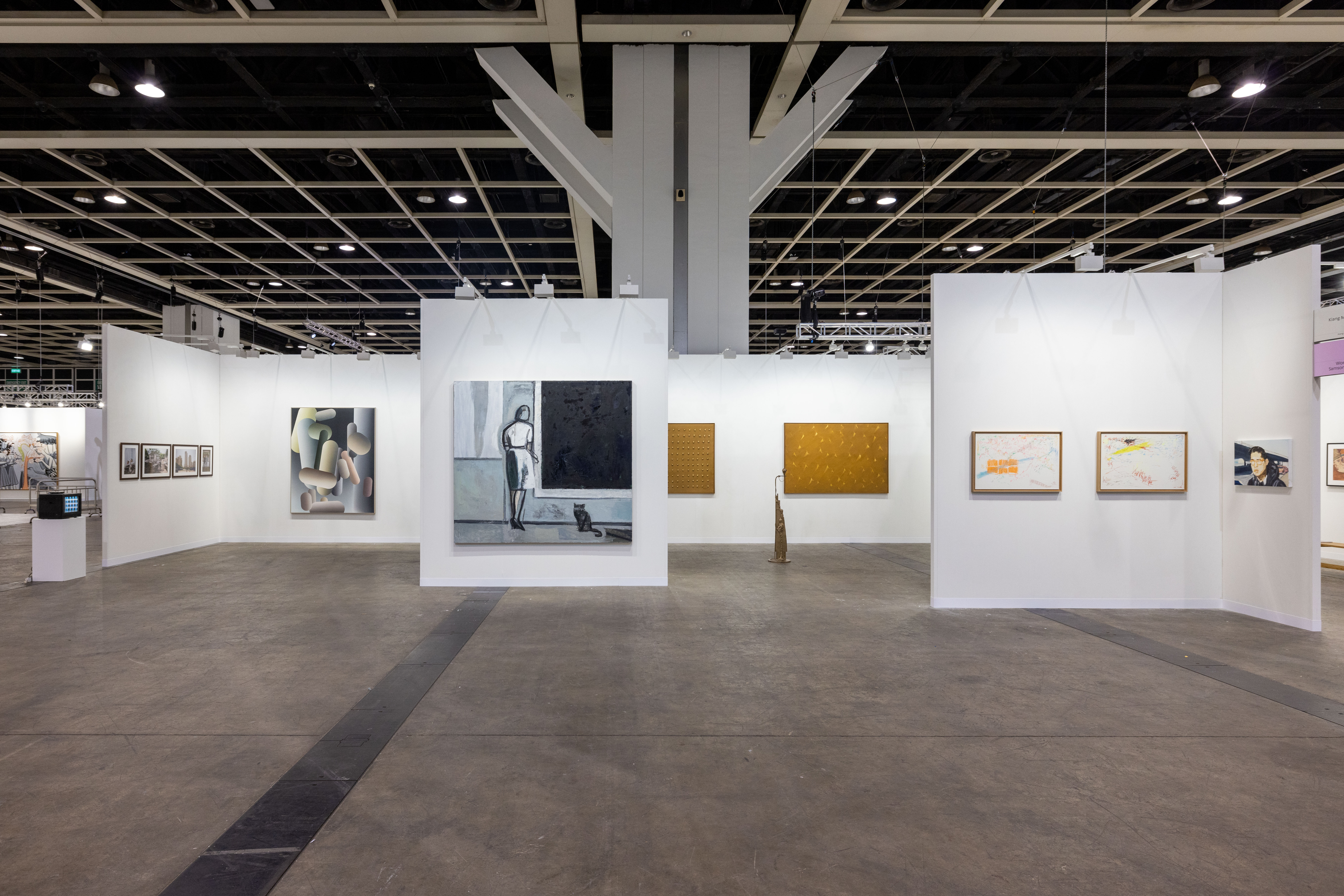
Installation view
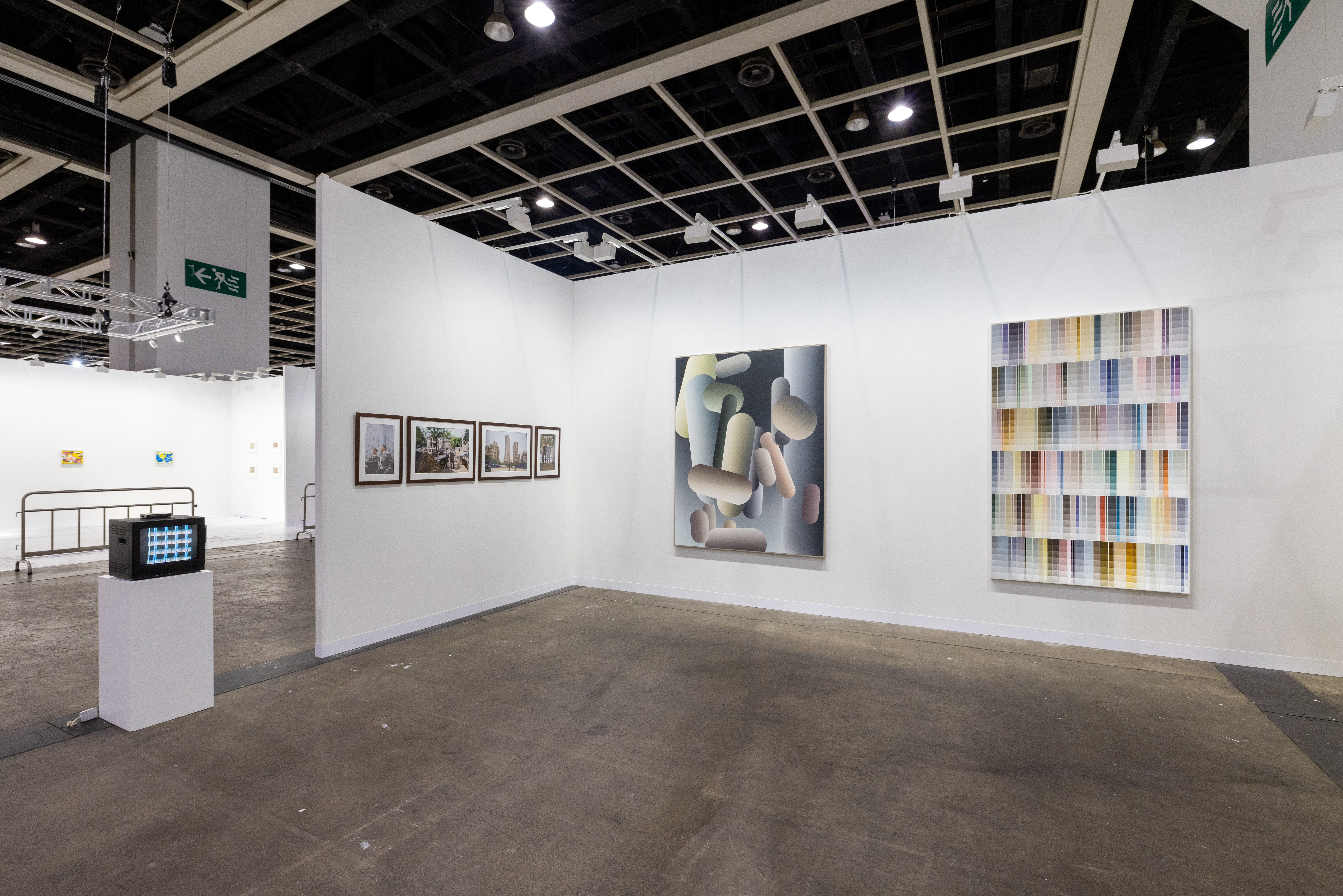
Installation view
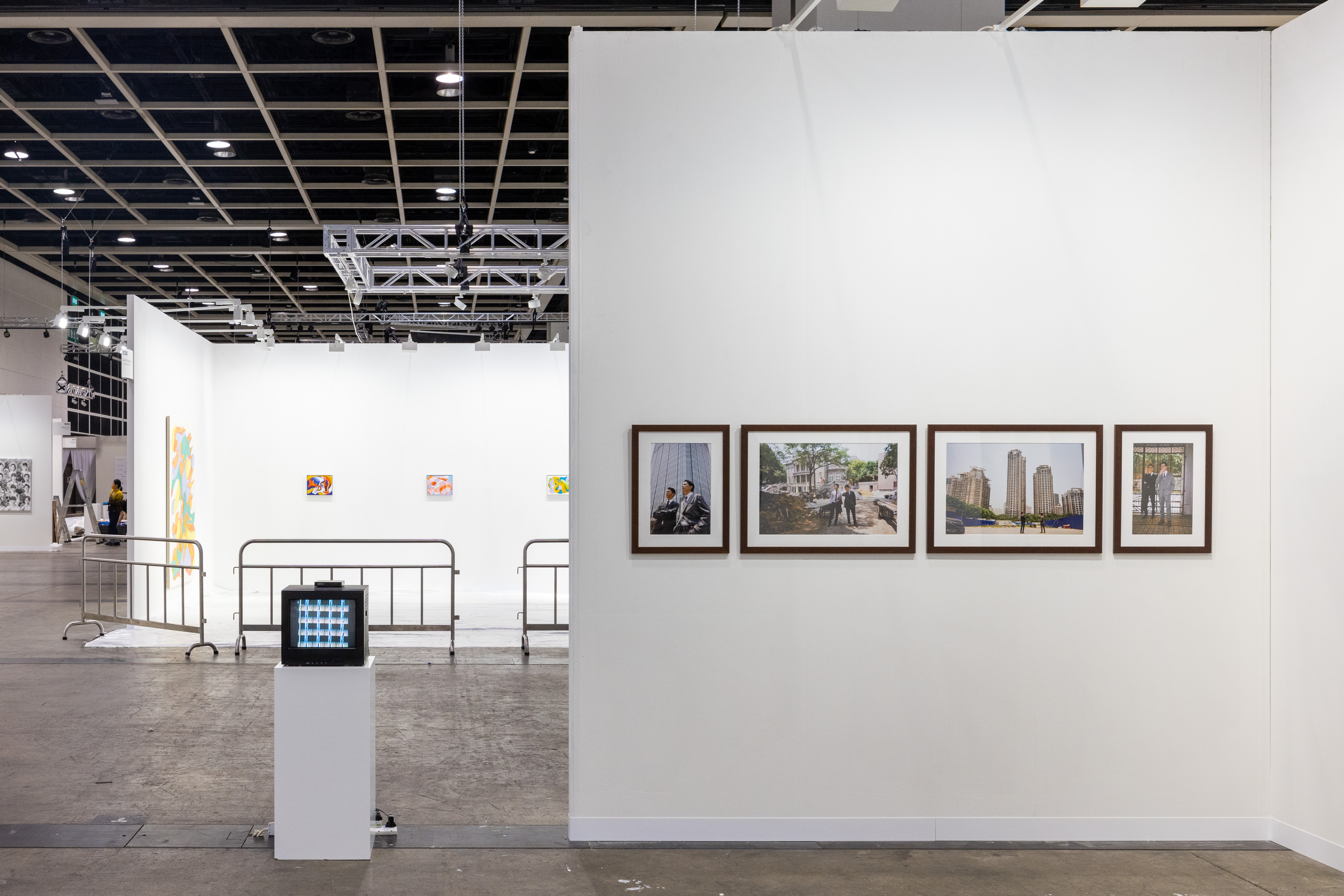
Installation view
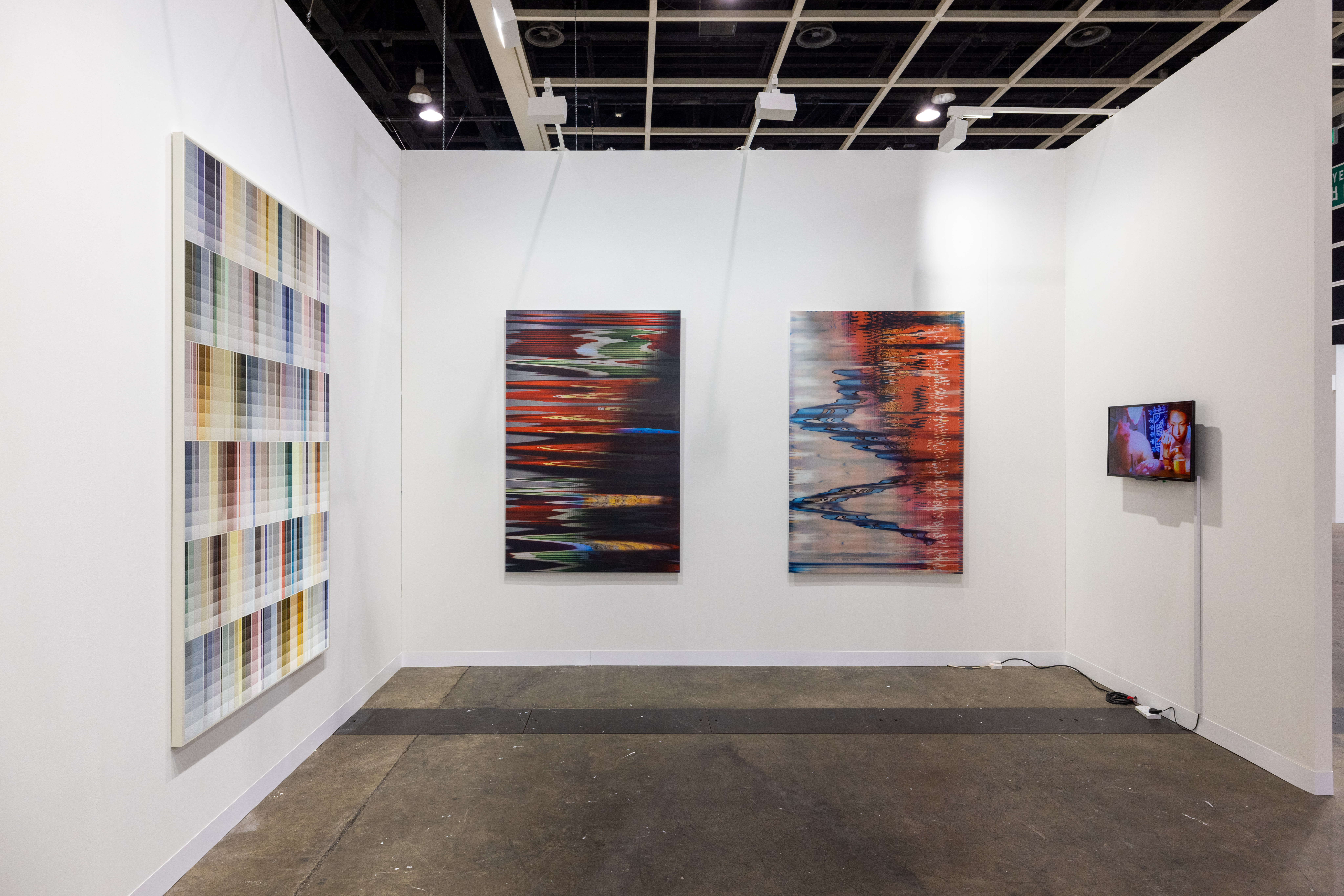
Installation view
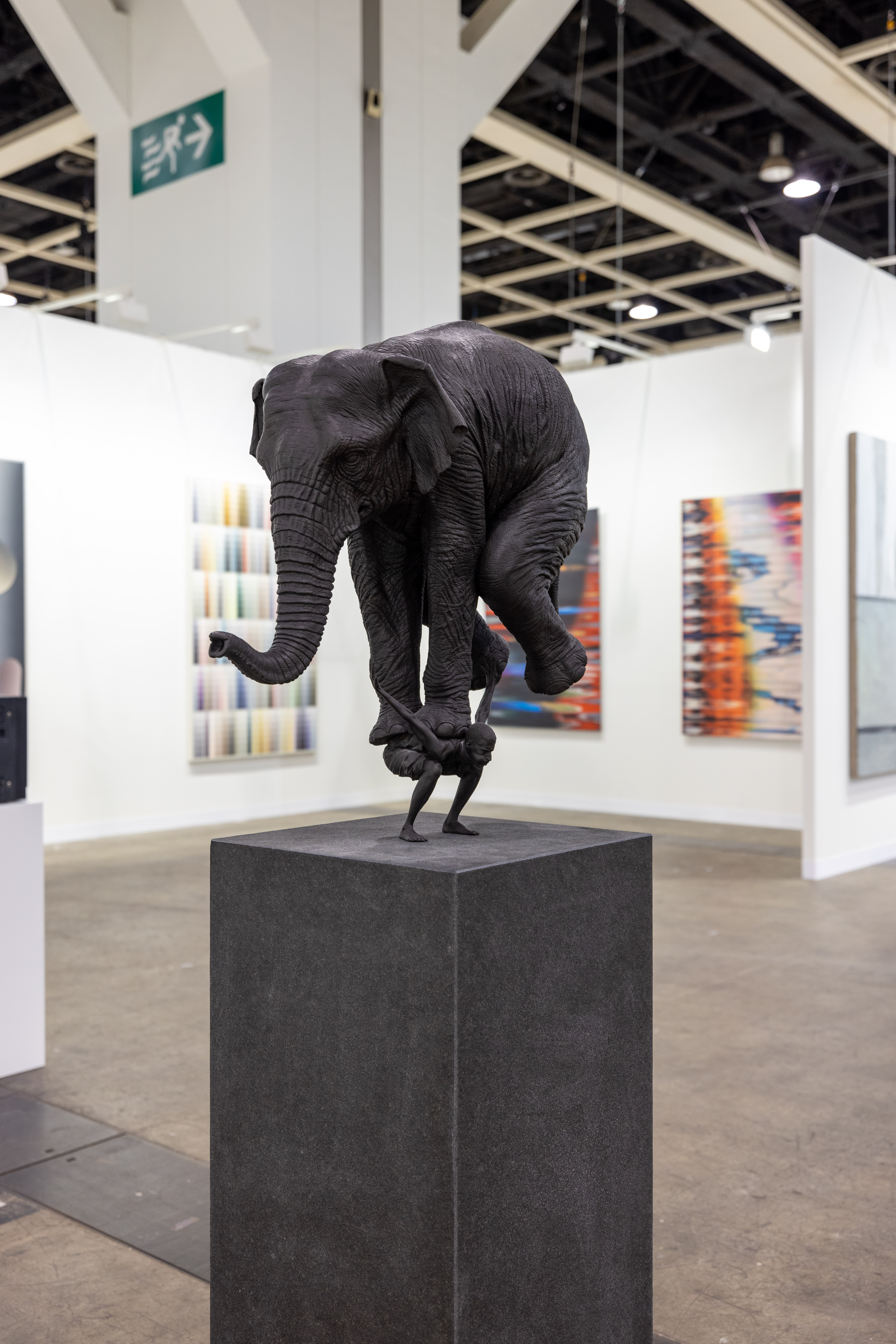
Installation view
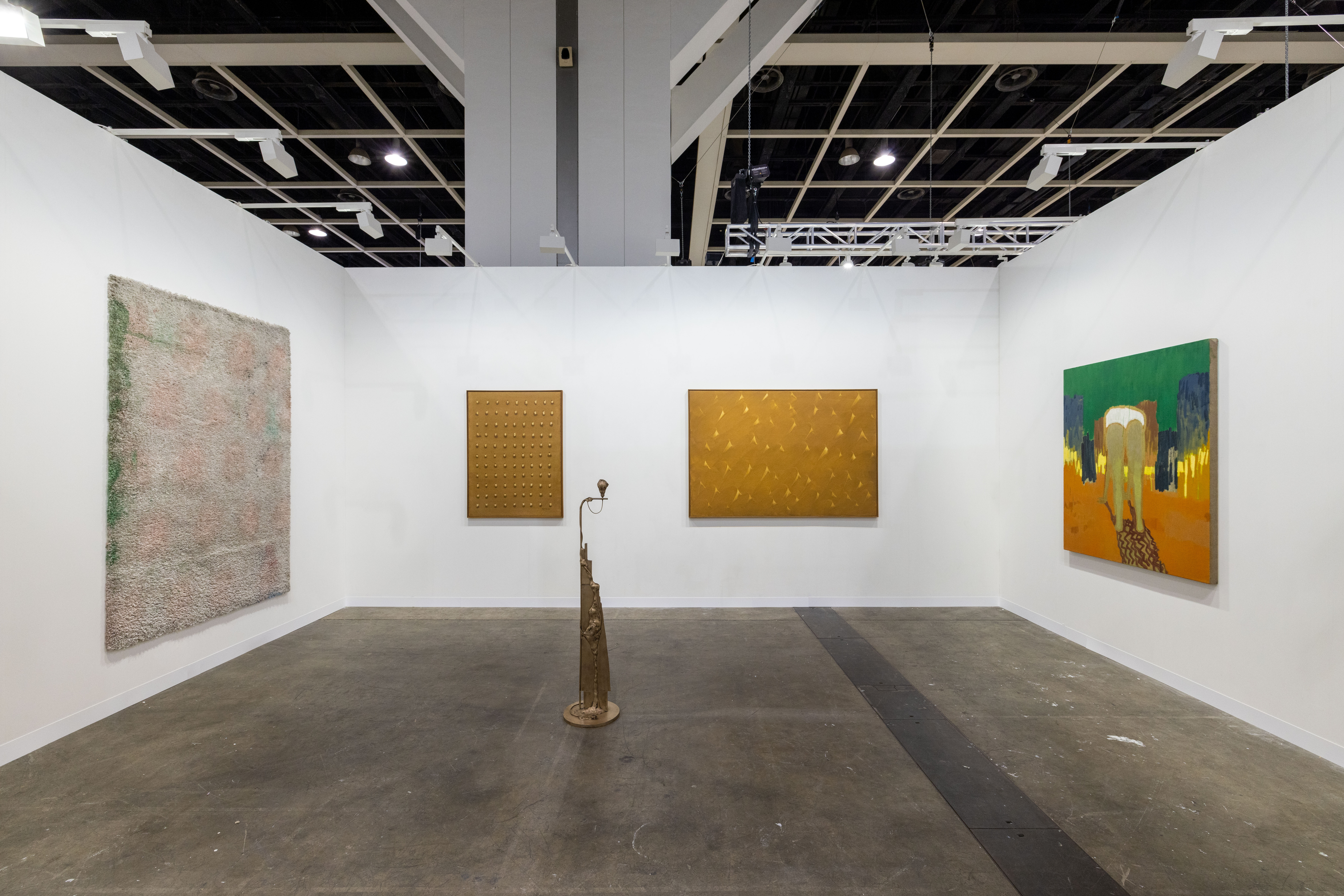
Installation view
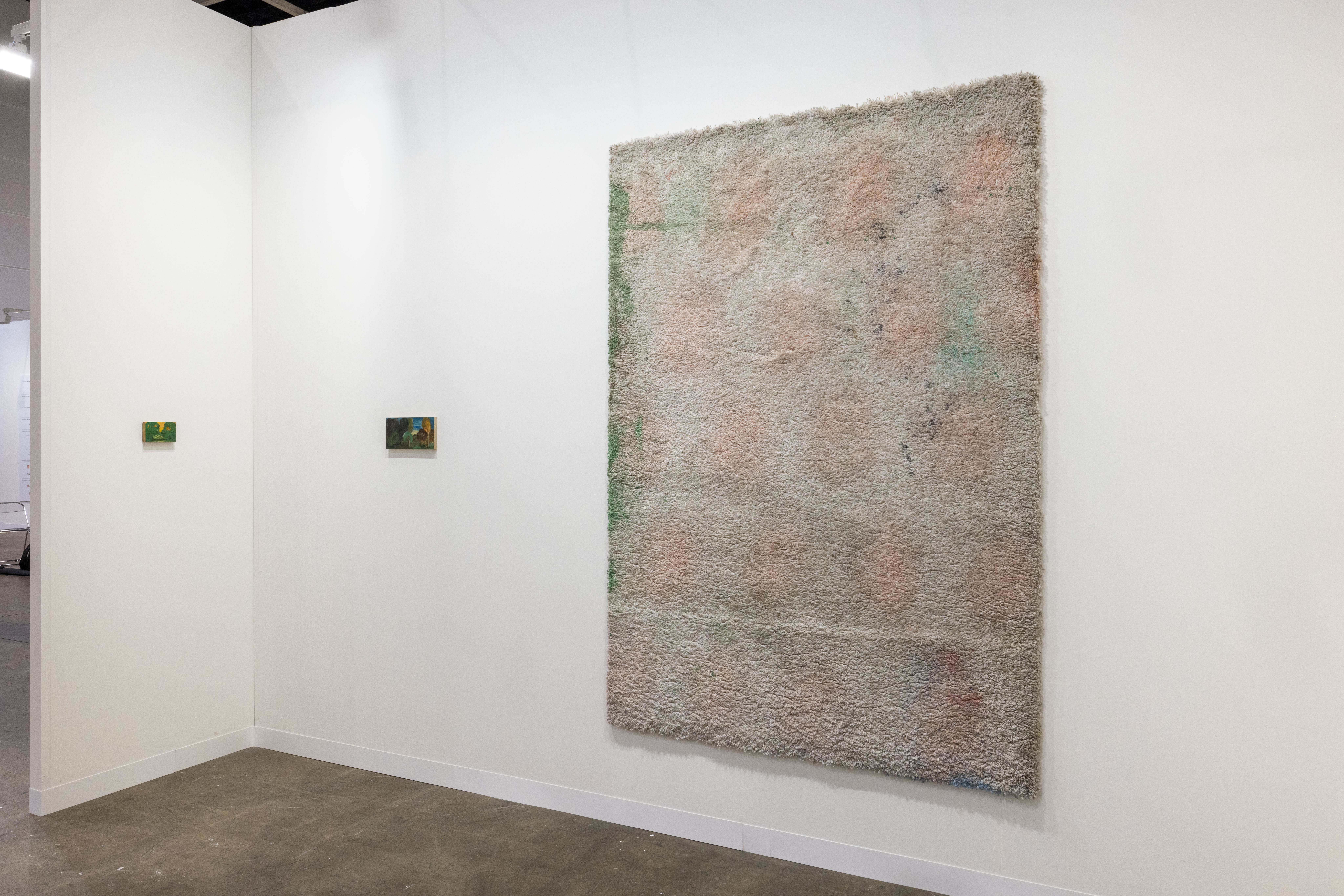
Installation view
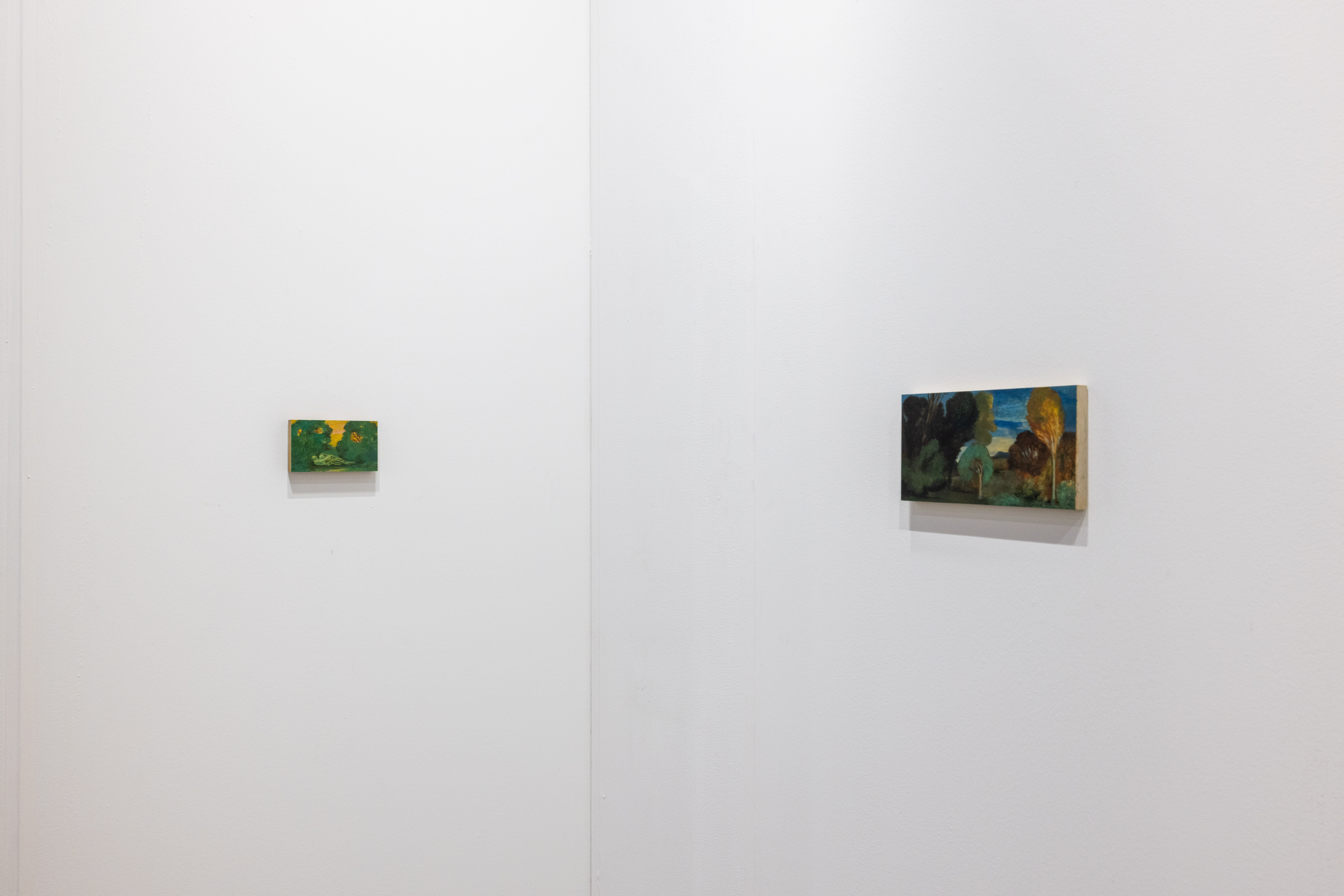
Installation view
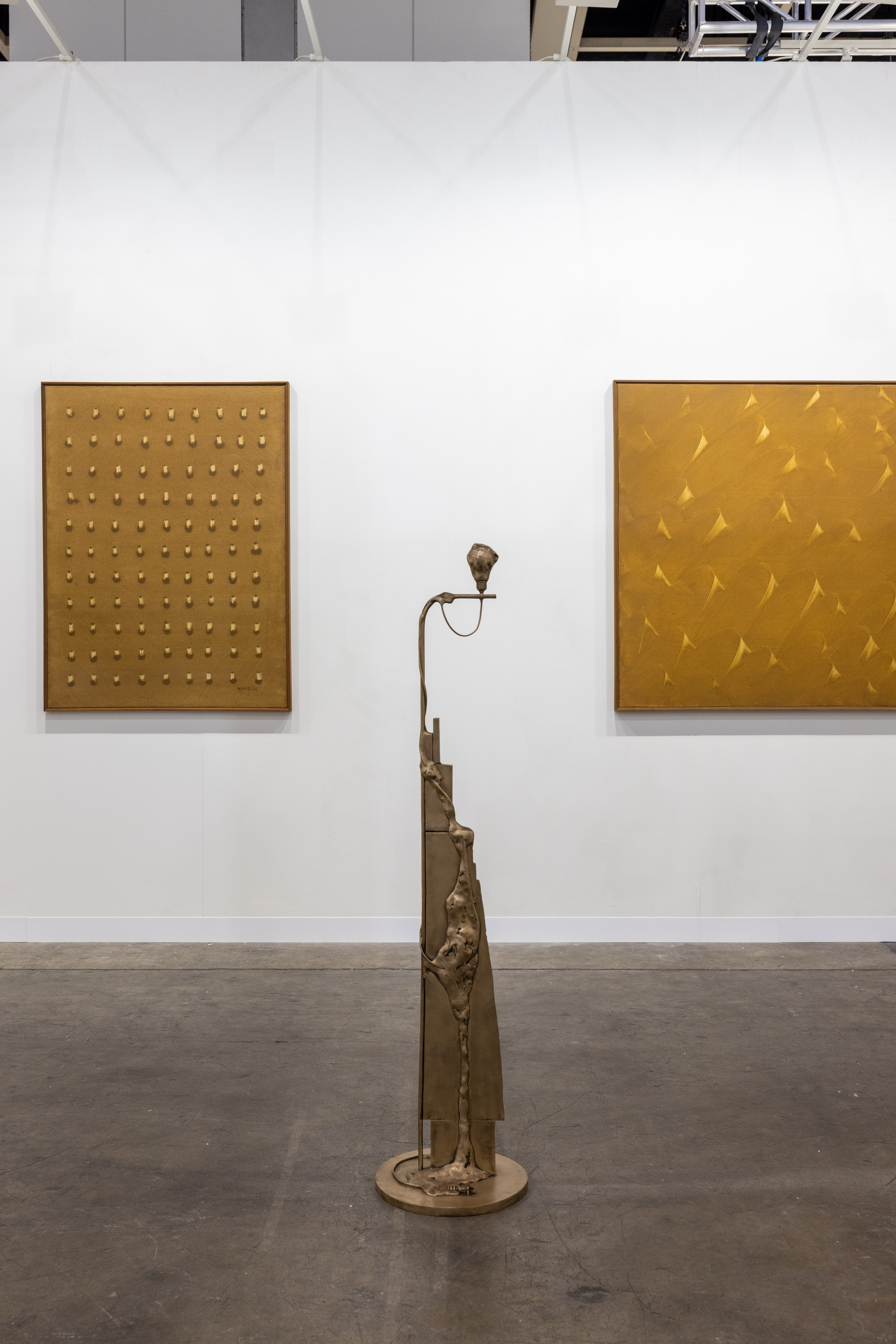
Installation view

Installation view
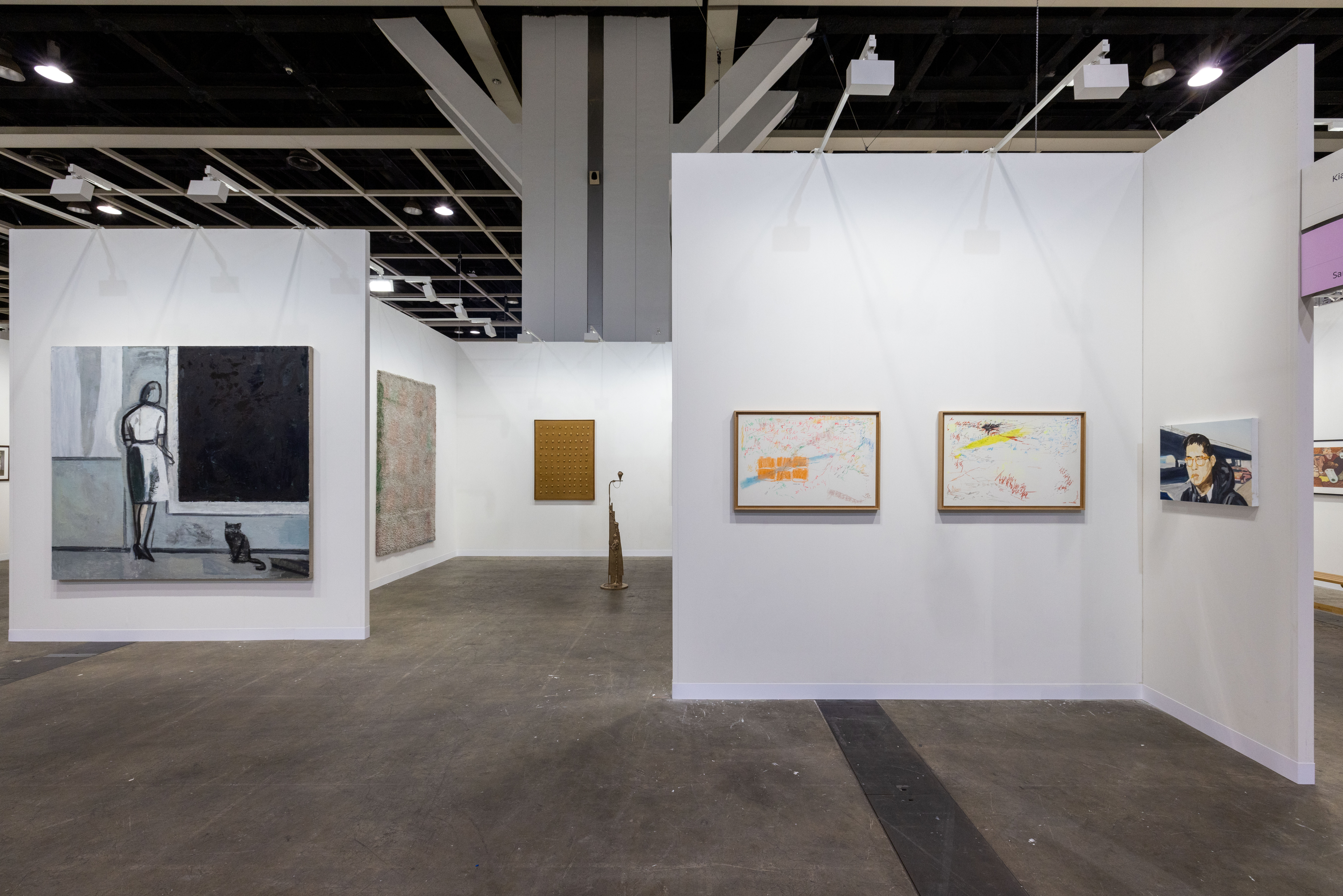
Installation view

Installation view